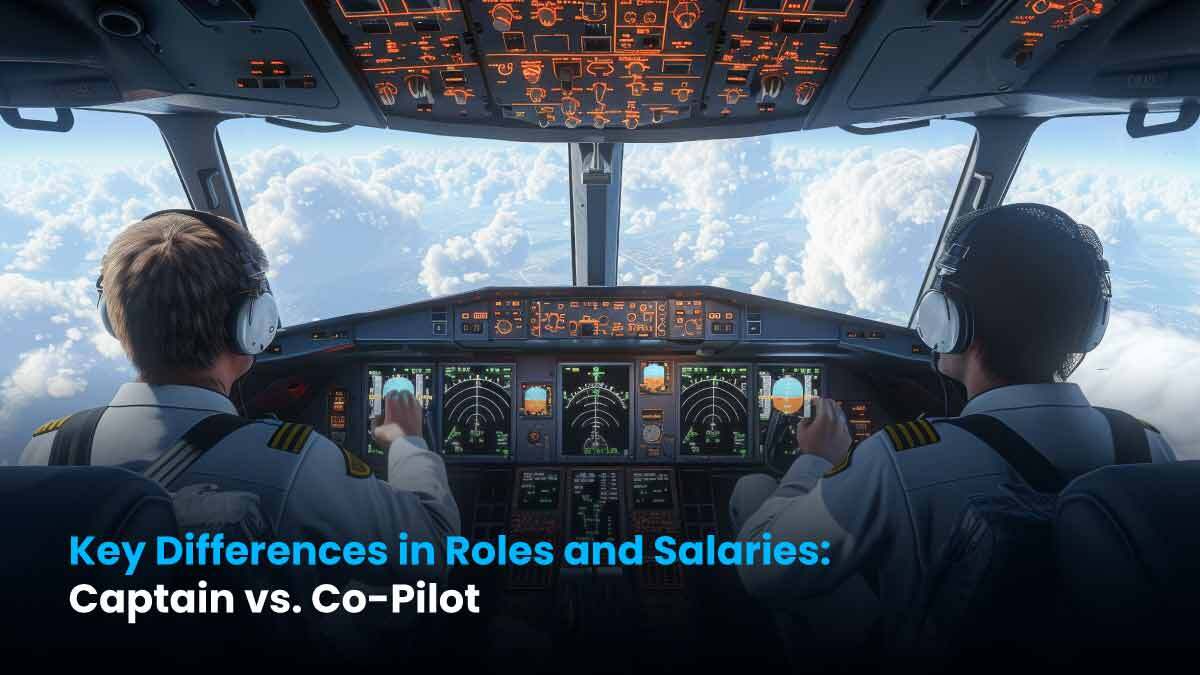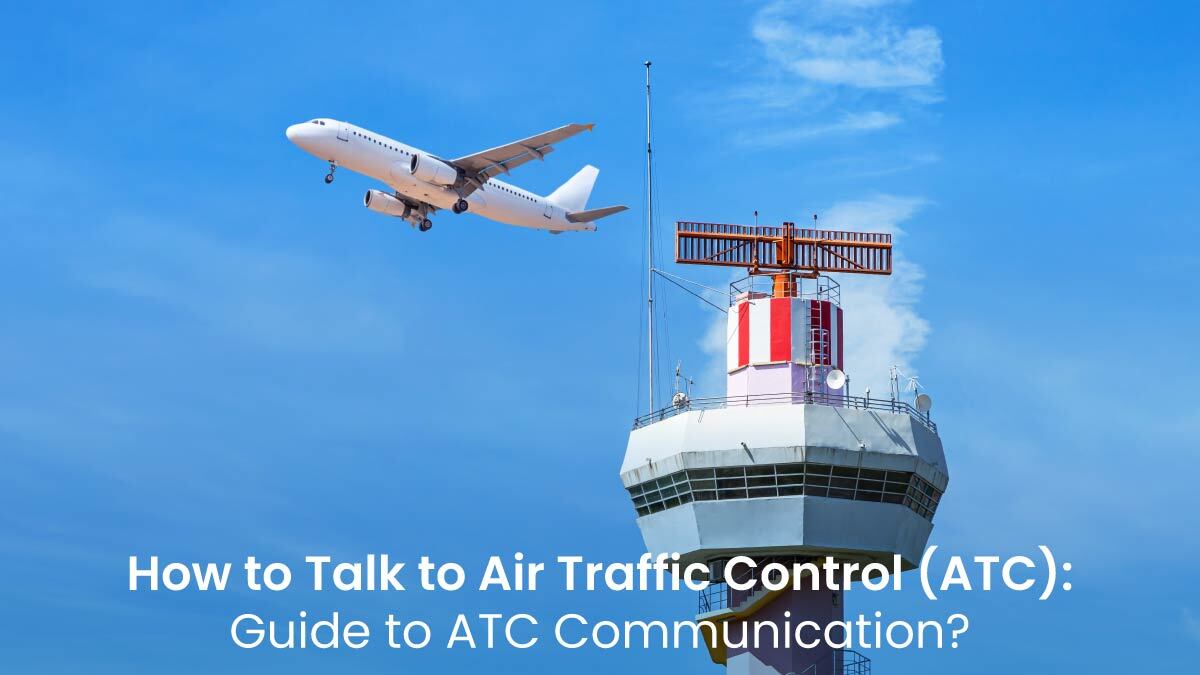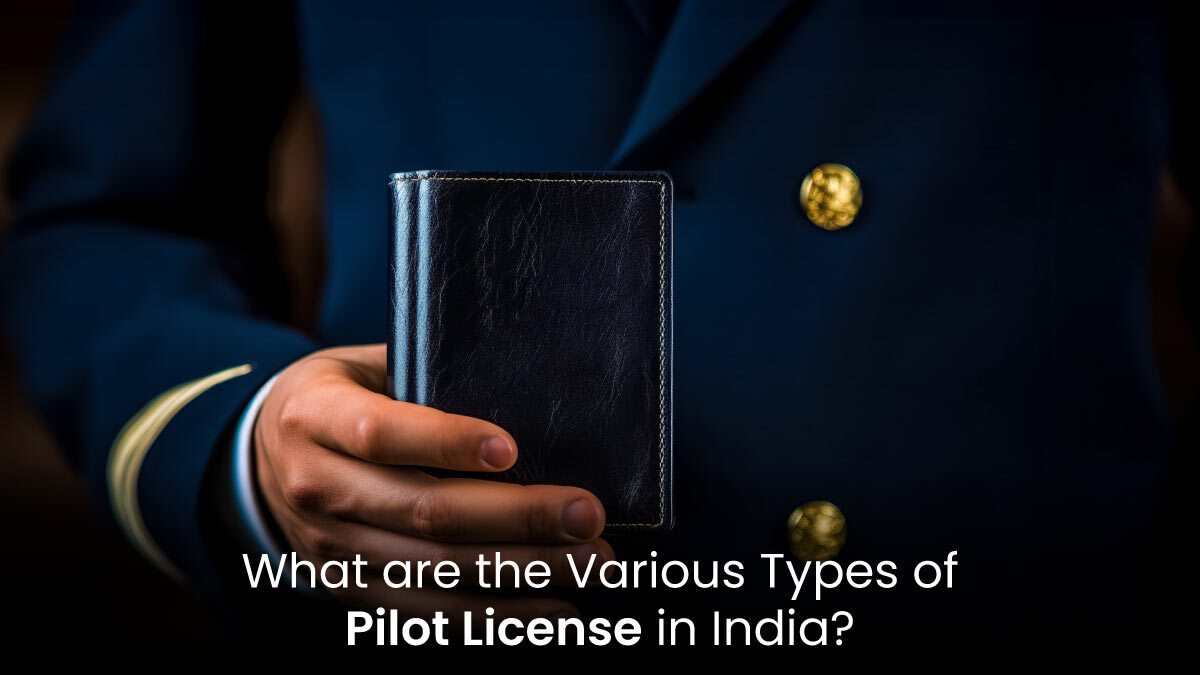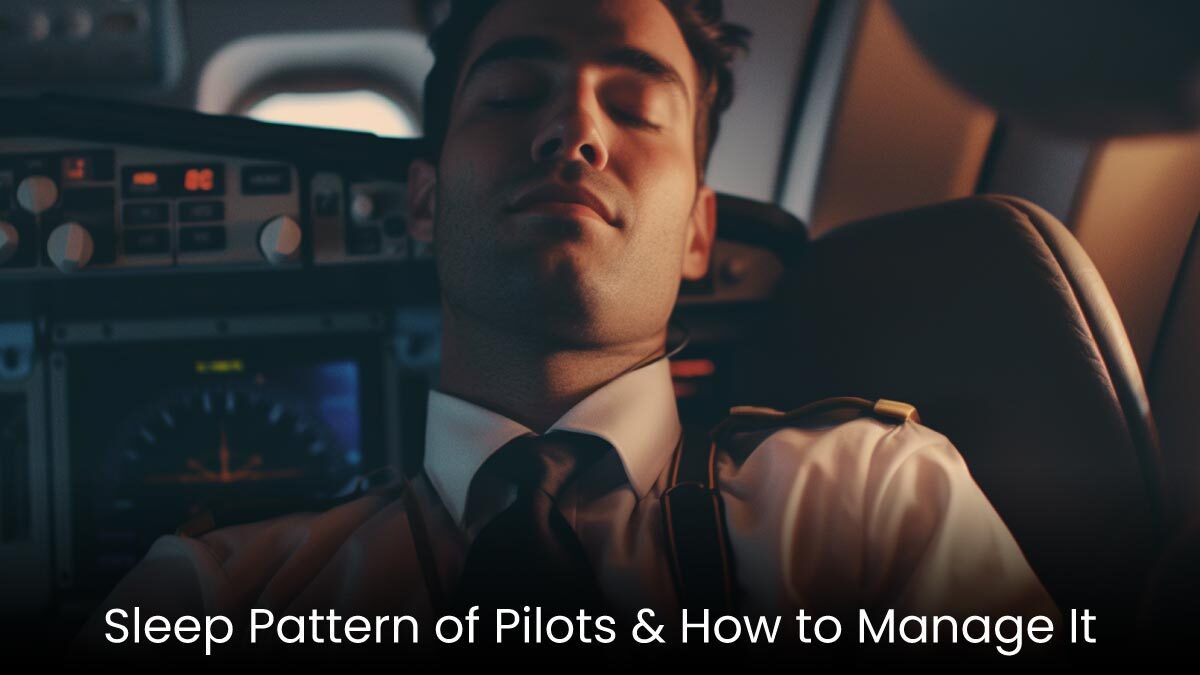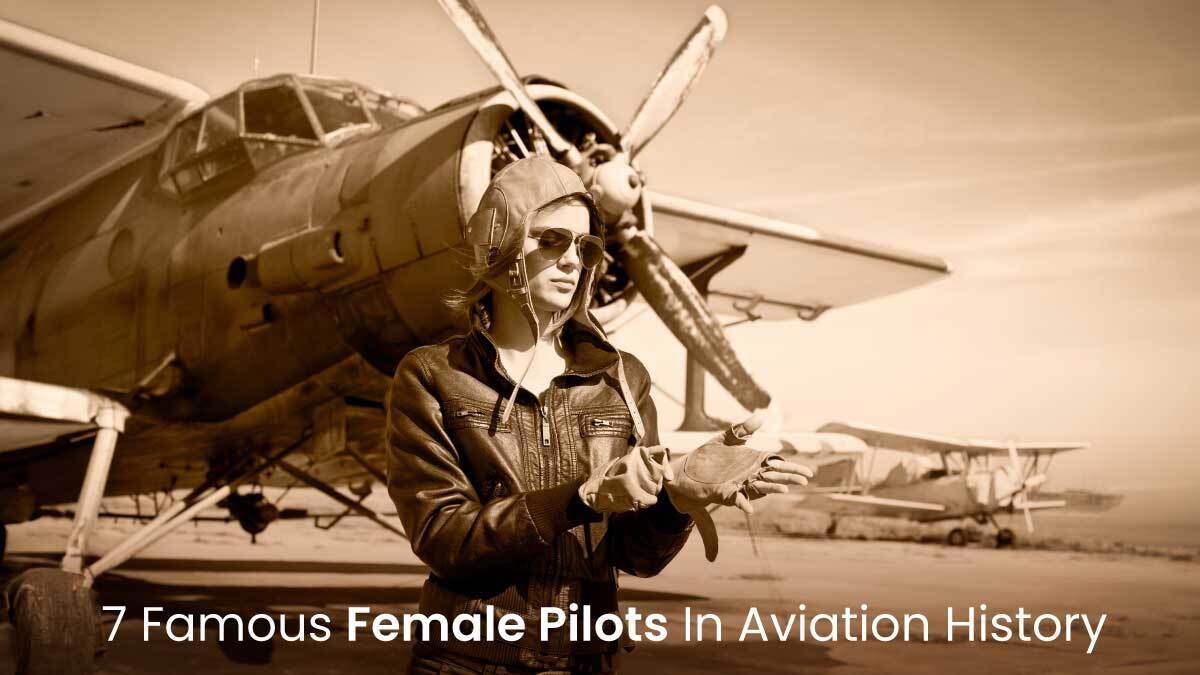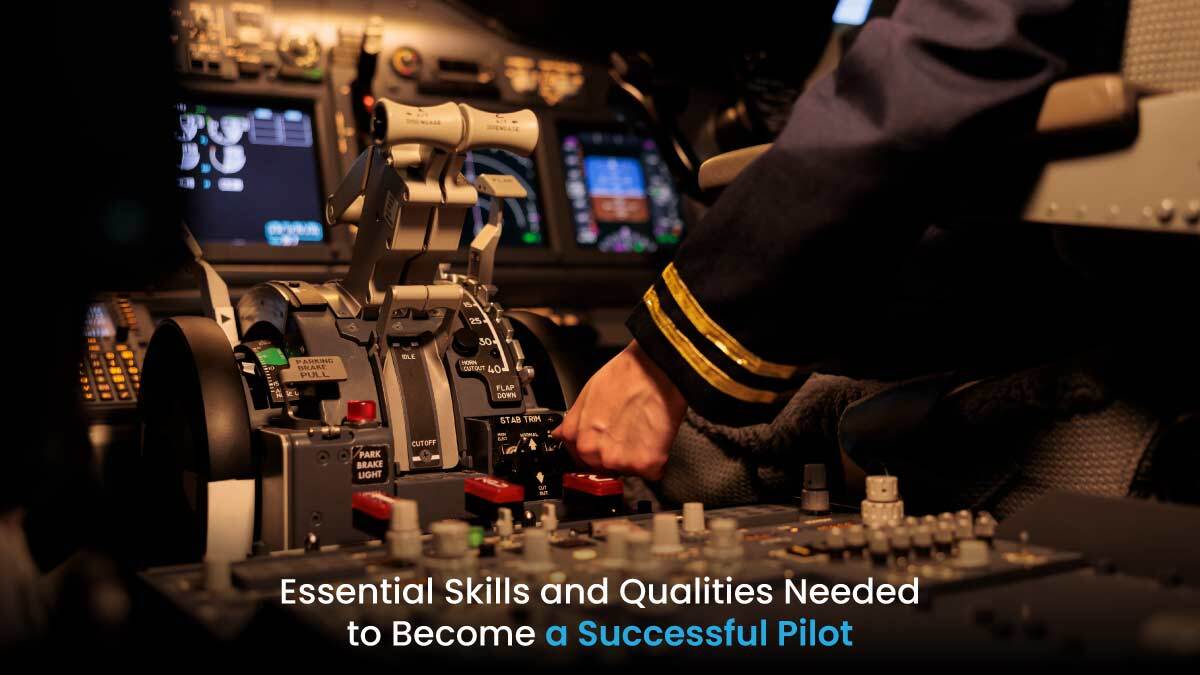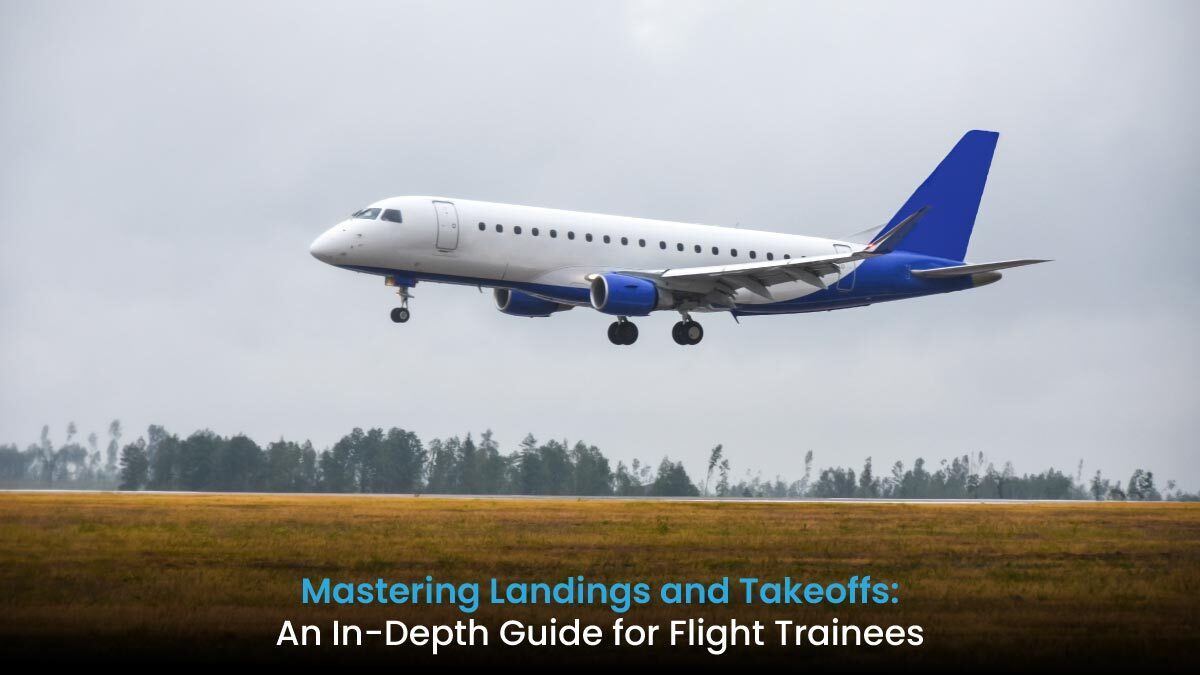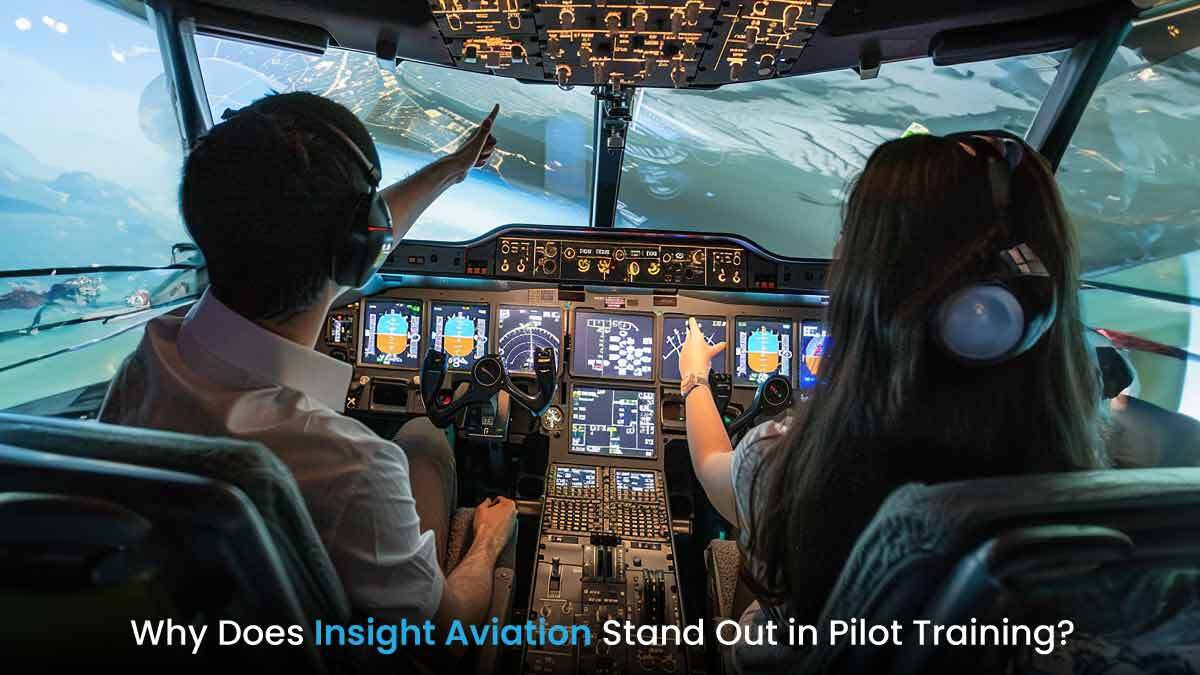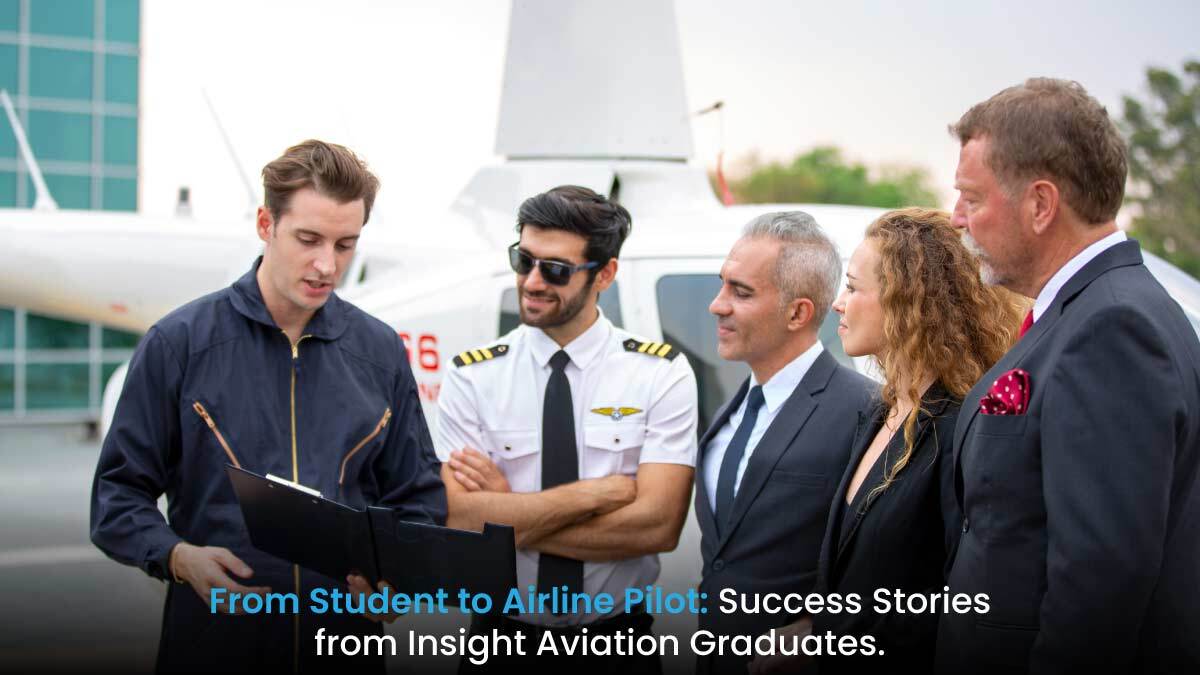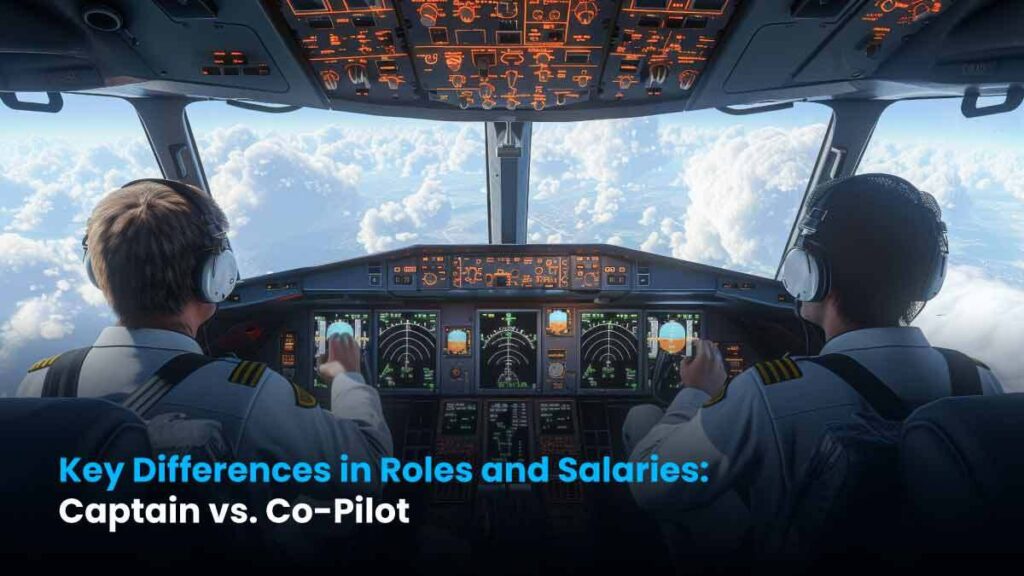
Navigating the skies encompasses more than controlling a towering machine; it’s about understanding the pivotal roles that ensure each flight’s safety and efficiency. The cockpit of every aircraft houses two principal figures: the captain pilot and the co-pilot, each with distinct yet complementary roles. While both are integral to the aircraft’s operation, their responsibilities, career progression, and compensations differ significantly, shaping the dynamics of commercial aviation.
Roles and Responsibilities
At the core of their duties, both the captain pilot and the co-pilot share the fundamental responsibility of flying the aircraft safely. However, the specifics of their roles are what set them apart. The flight captain not only pilots the aircraft but also oversees all flight operations and is ultimately responsible for the passengers, crew, and aircraft itself. The captain’s role is pivotal during critical flight phases like takeoff, landing, and emergencies, where their judgment and experience guide the safer passage.
The question of “what is a co pilot” often arises; simply put, a co-pilot or first officer assists the captain by monitoring the flight’s instruments, communicating with air traffic control, and sharing in the flying duties, fully capable of operating the flight independently when necessary.
Who flies an aeroplane is decided by a structured protocol, ensuring both the captain and co-pilot engage actively in flying, albeit with clearly delineated primary and support roles.
Salary Structures and Progression
Airline captain salary figures are indicative of the extensive experience and leadership responsibilities captains hold. Typically, a captain’s salary can be significantly higher than that of a co-pilot, reflecting the rigorous training, flight experience, and the critical decision-making requirements of their role. A captain’s earning potential increases with their tenure and the size of the aircraft they operate, making it a highly sought-after position within the aviation sector.
Co-pilots, while starting on a lower salary scale, have a clear pathway to becoming captains. Their progression depends on gaining flight hours, undergoing rigorous training, and demonstrating aptitude for increased responsibilities. This pathway is not only a journey of skill acquisition but also of personal growth and professional development.
Training and Qualifications
The journey from co-pilot to captain is arduous, requiring not only thousands of flight hours but also specific certifications that endorse a pilot’s capability to handle larger aircraft and more complex flight situations. Both roles require an Airline Transport Pilot License (ATPL), which co-pilots often earn as they log the necessary flight hours.
International vs. Domestic Responsibilities
On international flights, pilots encounter additional challenges, such as dealing with multiple air traffic controls, navigating through complex foreign airspace, and managing longer flight durations. These duties require a deep understanding of international aviation laws, cultural competence, and advanced communication skills, making experienced international pilots highly valued for their comprehensive expertise.
Decision-Making and Authority
In the hierarchical structure of aircraft operation, the captain has the final authority on all decisions, including flight captain route changes and emergency responses. This structure ensures that there is always a clear, decisive leader in high-pressure situations, which is crucial for maintaining safety and order.
Frequently Asked Questions
Q. What are the primary duties of a co-pilot (first officer)?
A. The co-pilot assists the captain by managing flight controls, monitoring aircraft systems, and handling communications with air traffic control.
Q. How does experience level differ between a captain and a co-pilot?
A. Captains have significantly more flight experience, often required to have thousands of hours of pilot-in-command time compared to co-pilots.
Q. Can a co-pilot become a captain?
A. Yes, with the necessary experience, training, and demonstrated competency, a co-pilot can advance to a captain.
Q. Who makes the final decision on route changes during a flight?
A. The captain makes all final decisions, including those regarding route changes and tactical in-flight adjustments.

